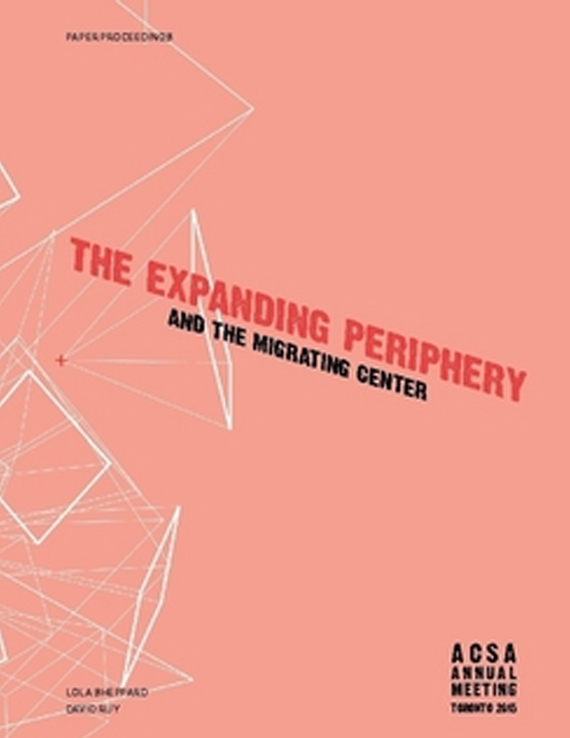Author(s): Matthew Soules
Ghost cities with millions of purchased but unoccupied units China. Speculative housing estates constructed in Ireland only to be demolished before ever being inhabited. Penthouses in unprecedentedly tall and slender Manhattan towers purchased, for sums like $90 million, as investments by numbered companies. Housing affordability crises in a large number of cities, from San Francisco to London. The expanding role of real estate investment trusts in configuring America’s built environment. Brand new but abandoned airports in Spain. The confounding opacity of mortgage-backed securities. Fifty percent office vacancy in Dubai while hundreds of new office towers are constructed and planned for the near future. This is a brief sample taken from a very deep inventory in what has become a familiar storyline of contemporary urbanization. From specials aired everywhere from 60 Minutes and to This American Life, and in the digital ink of The New Yorker, The Economist and lesser known local dailies alike, there is a widespread and emergent impression that the contemporary flows of financial investment and their mineralization into socio-spatial conditions are new, unprecedented, and different from those preceding them. A truism of the built environment is that it takes its form in relation to a large number of factors and performs in a polyvalent fashion in relation to them. One of these factors is, of course, money and its various abstractions. One layer of the money factor is the degree to which the increments of the built environment – parcels of land, buildings, and units – perform an investment asset function. Or in other words, the way these tangible (‘real’) entities function as locations to invest capital in the pursuit of financial gains achieved through an escalation in value that is facilitated with buying and selling in the real estate market. While the quanta of architecture and urbanism have served this asset function since at least the time of Vitruvius, when Roman properties were bought and sold in markets not entirely dissimilar to contemporary capitalist models, the degree to which built space functions as an asset is increasing and in diverse ways of which the effects on architecture and the city are under conceptualized. The name that this research applies to this new phase of architecture and urbanization is ‘Asset Urbanism.’ This paper explores the conditions of asset urbanism in Spain, and makes the case that in their extremity, they offer useful insights into what are now defining characteristics of 21st Century neoliberal space.
Volume Editors
David Ruy & Lola Sheppard
ISBN
978-0-935502-95-4

 Study Architecture
Study Architecture  ProPEL
ProPEL 
